A Nomad’s Guide to Exploring Argentina’s Lake District
With vast Nahuel Huapi lake at its center and charming Bariloche as its hub, the Lake District offers endless opportunities for hiking, kayaking, and feasting your eyes on glorious views.
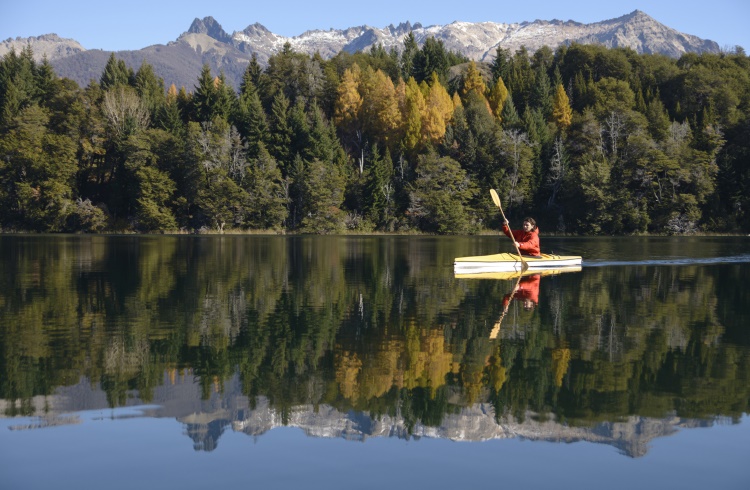 Photo © iStock/Buenaventuramariano
Photo © iStock/Buenaventuramariano
Blessed with alpine lakes ranging from milky green to eye-popping azure and a backdrop of snow-dusted mountains, Argentina’s Lake District is prime for adventure. Discover hidden beaches filled with mauve and teal stones along Nahuel Huapi, the largest lake in the region. On misty mornings, keep your eyes peeled for the so-called lake monster, Nahuelito.
- Parque Nacional Nahuel Huapi
- Villa Traful
- Bariloche
- Circuito Chico
- Short Hikes
- Beaches
- Colonia Suiza
- Overnight Hikes
- Tronador and Mascardi
- Parque Nacional Lanin
Parque Nacional Nahuel Huapi
Argentina’s oldest national park can be divided into north and south, with Lago Nahuel Huapi cutting a swath through its center. The northern section includes the famous Route of the Seven Lakes, connecting the towns of San Martin de los Andes and Villa La Angostura. Lago Truful is also in the north. The south contains San Carlos de Bariloche and Lago Mascardi.
Villa Traful
About 16mi (25km) off Ruta 40 from Confluencia is Villa Traful, with lakeshore campgrounds filled with rowdy backpackers in the summer. Lago Traful is magical and well worth a day trip from one of the larger towns (pack a picnic lunch).
Bariloche
On the southeast shores of Lago Nahuel Huapi, San Carlos de Bariloche is the gateway city to the southern section of the park and offers year-round activities. Visitors can also arrive from Chile by a scenic lake crossing through the Andes via Puerto Blest, the same route taken by Patagonian explorers (one-day trip US $325 / $119,000 ARS, two-day trip starting at US $340 /$124,492 ARS).
Unless you’ve come especially for winter sports, consider visiting in spring or fall for low-season prices and more solitary hikes. In March and April, the hillsides turn into a rainbow of orange and magenta lengas trees. November brings fierce Patagonian winds and blooms of golden scotch broom alongside indigo lupines and wild orchids. Rainy days can be spent tasting exquisite local chocolate.
Best hamburger in town: Cava Clandestina
Best IPA beer: La Cruz
Best vegetarian dish: Curry vegetarian at Manush Cerveza
Best
Circuito Chico
Don’t miss the view – considered one of the world’s most stunning – from Cerro Campanario, located 20 minutes from downtown Bariloche reached via a public bus route. You can reach the top in less than an hour; non-hikers can take the chairlift to the top. Try the lemon pie and cafe con leche at the confiteria.
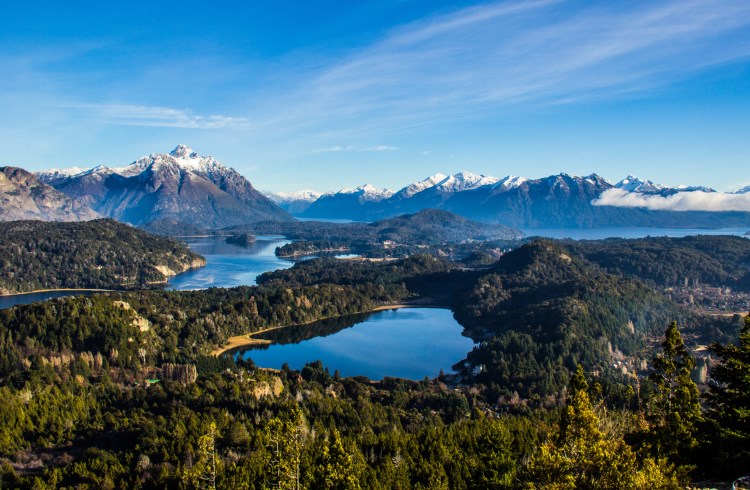
Short hikes in the Lake District
The Llao Llao Municipal Park in Circuito Chico has many interconnecting trails. Cerrito Llao Llao is a gentle one-hour climb with a stunning view of Brazo Blest, Cerro Capilla, and the Chilean Andes.
For a singular view of Brazo Tristeza, try the Bahia Lopez trail, also under an hour to the lookout.
Or, starting about a mile past the Llao Llao hotel, a 20-minute walk in the forest will take you to a tiny clearing with native arrayan trees. Continue along this trail to secluded, wind-protected beaches on Lago Moreno.
Beaches
Bahia de Los Troncos and Villa Tacul are best visited on days without wind; otherwise head to the sheltered eastern side of Playa Morenito (near Bahía Pascasio, with excellent local beer and kayak rentals).
Colonia Suiza
This quaint three-block settlement is nestled on the shore of Lake Moreno, just a 30-minute bus from downtown Bariloche. Along with a public beach and campgrounds, the village also boasts several restaurants serving curanto, an asado dug into the ground, cooked on hot slabs of stone, and covered by brush. Curanto is based on an ancient technique from the Polynesian Islands that made its way first to Chile (where they used seafood), and finally to Argentina (where sweet potatoes and apples are paired with lamb or venison). For curanto, visit on Wednesday or Sunday; there’s also a small local craft fair on those days.
Overnight hikes
Once the snow melts, you’ll be overwhelmed by the hiking possibilities; check with the Club Andino to see which trails and accommodation are open. January-April are the best months. If you didn’t bring gear, you can always splurge with a night at a refugio (around US $50/$20,000 ARS). If you’ve got room in your pack, bring along a bottle of wine to share over dinner – you’ll make lots of friends later when someone breaks out a guitar. Things can get festive at the refugios, so if you’re looking for quiet, camp outside and pay a small fee to use the kitchen.
For an up-to-four-night trek without a guide, start at the base of Cerro Catedral and hike up to Frey, Jacob, Laguna Negra, and Lopez refugios, spending a night at each. The trek can be done in reverse order, or any combination of one- two- or three-day hikes as well.
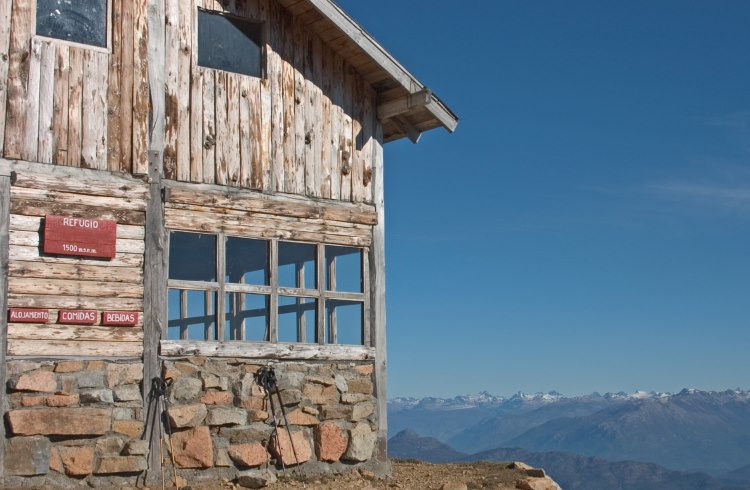
Mount Tronador and Lago Mascardi
Parque Nacional Nahuel Huapi extends as far south as the Lago Mascardi recreational area with access to Mount Tronador, an extinct stratovolcano providing some of the best trekking in the region. The three-day trek Pampa Linda-Meiling-Rocca via Glacier Alerce is spectacular if you can swing it (around US $260/$95,200 ARS for guided crossing, gear included).
Non-campers can spend the night at Hotel Tronador or Hosteria Pampa Linda. For day access, minibuses leave from the Club Andino in Bariloche around 8:00am and return around 5:00pm (two hours drive, spring and summer only, advance registration required). If you’re in your own vehicle, check for entry/exit times.
Kawén Adventures provides exceptional half- and full-day kayaking tours on Lago Mascardi.
If you’re headed south to the hippie town of El Bolson, veer off Ruta 40 to visit Lago Steffen, the warmest lake in the area for swimmers.
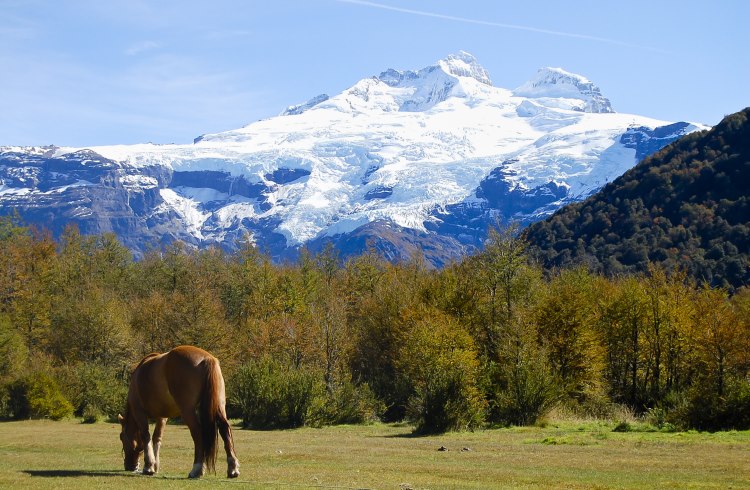
Parque Nacional Lanin
The only national park in Argentina to be jointly run by the government and local indigenous communities, Parque Nacional Lanin is unique for its prehistoric-looking monkey-puzzle trees.
The Lanin volcano, towering over Lago Huechulafquen at 12,000ft (3,658m), is the only active volcano in the Argentina Lake District. Trained hikers can summit Lanin: a three-day hike on the glacier, ice-walking gear and registration required. Excursions leave from sleepy Junin de los Andes, the closest town, with a border crossing to Pucon, Chile (around four hours by car).
You’ll need a car to explore the park, as there is no public transport. There are several campgrounds on the northern coast of Huechulafquen, many offering simple meals and hot water; the southern coast is rugged and although camping is permitted, there are no services.
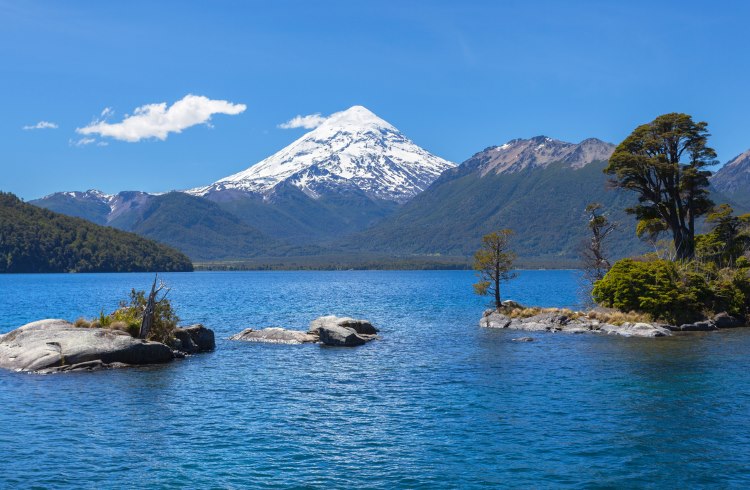
Prices updated December 2023.
Related articles
Simple and flexible travel insurance
You can buy at home or while traveling, and claim online from anywhere in the world. With 150+ adventure activities covered and 24/7 emergency assistance.
Get a quote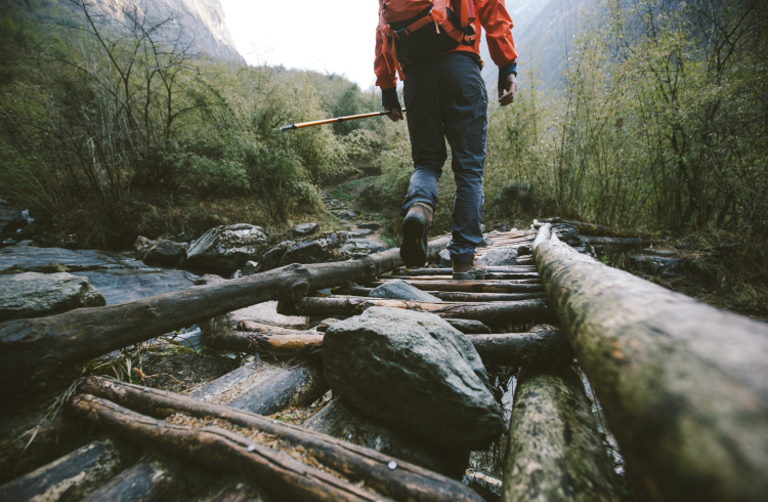

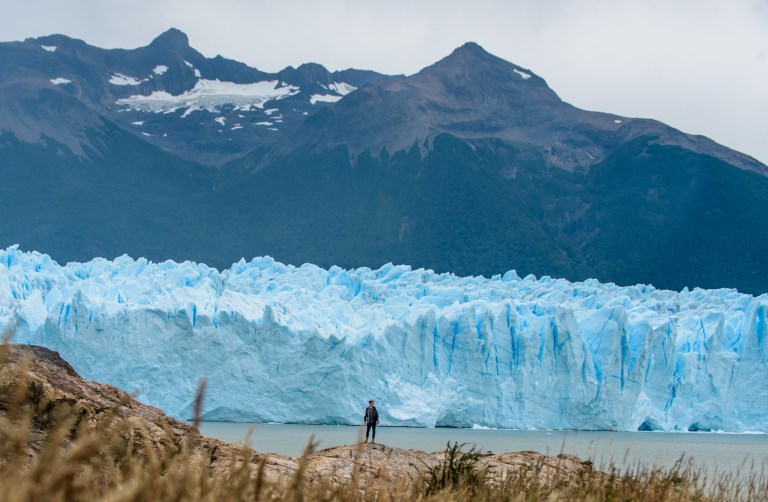
No Comments